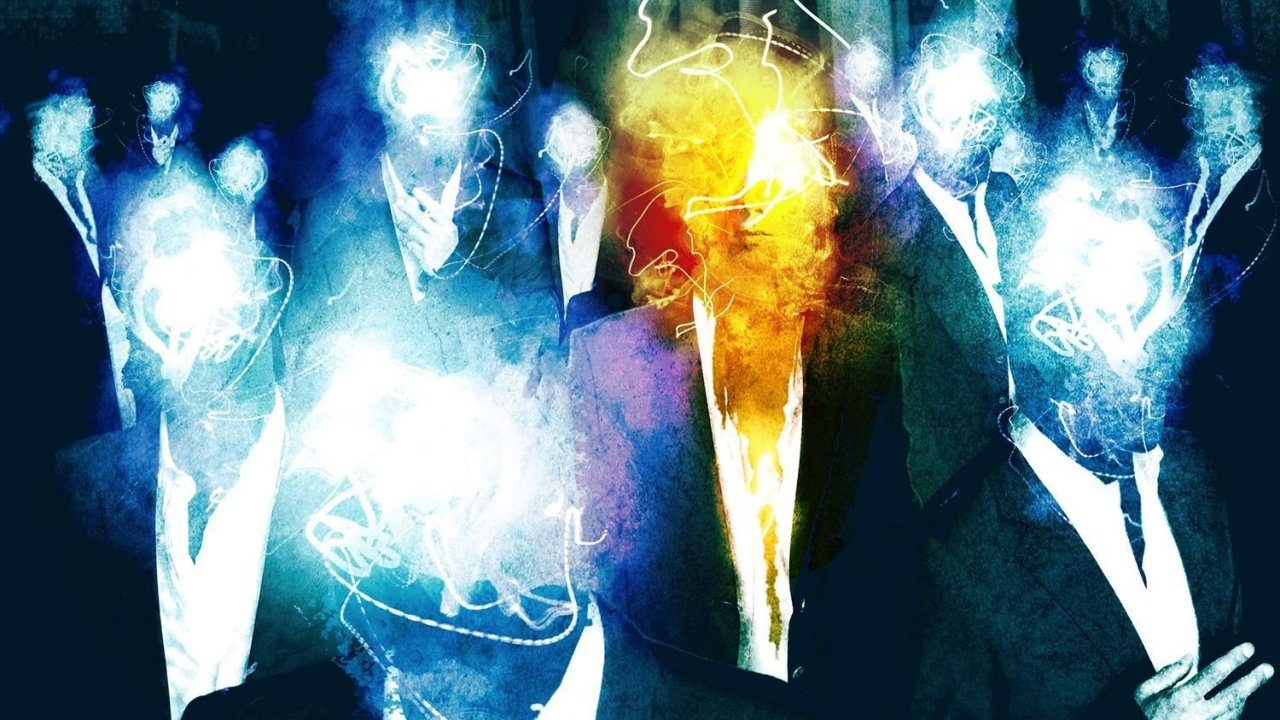You can trust Louder
If you’ve ever wondered what would happen should you take 1980s Rush and slip in a little Arch Enemy riffage, then this is the answer.
James LaBrie has fashioned a cohesive, powerful, convincing album that has intricacy, melody and real edge. The Dream Theater vocalist has stepped outside his comfort zone with impressive results. From the moment opening track Agony bursts into flames, you know this is going to be a fascinating journey.
The songs are all short, sharp and scintillating, and the guitar work from both Peter Wichers and Marco Sfogli is dynamic, yet never overshadows the more delicate keyboard flourishes from Matt Guillory.
Best tracks here are Back On The Ground, Lost In The Fire and I Got You, when the whole band bond in a hail of tuneful yet metallic revelry. But there’s nothing that dips beneath an exactingly high standard. Impermanent Resonance is astonishingly accomplished.
Sign up below to get the latest from Classic Rock, plus exclusive special offers, direct to your inbox!
Malcolm Dome had an illustrious and celebrated career which stretched back to working for Record Mirror magazine in the late 70s and Metal Fury in the early 80s before joining Kerrang! at its launch in 1981. His first book, Encyclopedia Metallica, published in 1981, may have been the inspiration for the name of a certain band formed that same year. Dome is also credited with inventing the term "thrash metal" while writing about the Anthrax song Metal Thrashing Mad in 1984. With the launch of Classic Rock magazine in 1998 he became involved with that title, sister magazine Metal Hammer, and was a contributor to Prog magazine since its inception in 2009. He died in 2021.


